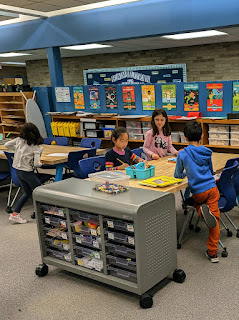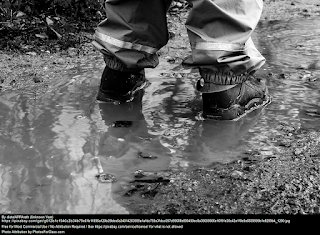Curate

My final interview was with Lauren Henderson, the elementary school librarian at Hamilton Elementary in Troy, MI. I did my internship with Henderson. For this interview I chose the foundation: curate. Like most of the librarians I interviewed in Michigan, Henderson does not consciously apply the AASL standards to her daily lessons. She doesn't have a copy of the standards and can't name the shared foundations. Still, it wasn't hard to find how the curate foundation is a part of her program. She has multiple lessons at various grade levels teaching the students to use databases. A thorough inspection of her collection reveals diverse characters, authors, and experiences both in fiction and nonfiction. Her collection is up-to-date with an average of 2016 in nonfiction and 2012 in fiction. Hamilton's large and generously funded maker-space allows for more exploration of various tools for. Henderson does not collaborate much with teachers. Her media lessons tend to be ind



